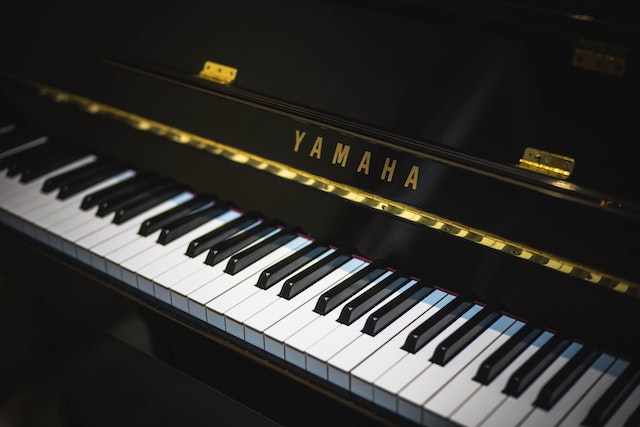The piano is a versatile and powerful instrument that can evoke a wide range of emotions and tell captivating stories through music. Whether you’re a seasoned pianist or a novice just starting your musical journey, you’ll find that the combination of piano chords and lyrics can create a beautiful synergy that makes songs truly come to life. In this blog, we’ll explore the magical world of piano chords and lyrics and how they work together to create unforgettable music.
The Power of Chords
Chords are the building blocks of music, providing the harmonic foundation upon which melodies are built. On the piano, chords are formed by playing multiple notes simultaneously. A basic chord consists of three notes: the root, the third, and the fifth. These three notes create a harmony that supports the melody. More complex chords can be constructed by adding extra notes, such as sevenths or ninths, which can add depth and complexity to a song.
Piano chords come in a variety of flavors, from major and minor chords to augmented and diminished chords. Each type has its unique emotional character. Major chords are often associated with happiness and optimism, while minor chords can convey sadness and introspection. Augmented and diminished chords introduce tension and instability into a song, adding depth and intrigue to the music.
Adding Lyrics to the Mix
Lyrics are the words that give a song meaning and tell a story. When combined with piano chords, lyrics can elevate a song to a whole new level of emotional depth. The lyrics and the melody work together to convey the song’s message and connect with the listener on a personal level. Whether it’s a heartfelt ballad or an upbeat pop song, lyrics are the bridge between the musician and the audience.
Creating Harmony
Piano chords and lyrics work in harmony to create a song that resonates with people. The chords set the mood and provide a musical backdrop for the lyrics. The choice of chords can convey a wide range of emotions, from love and joy to heartache and sorrow. The lyrics, on the other hand, provide the narrative and emotional context for the song, allowing the audience to connect with the music on a deeper level.
Tips for Pianists
If you’re a pianist looking to accompany songs with chords and lyrics, here are some tips to get you started:
- Learn the basics: Familiarize yourself with fundamental piano chords, such as major and minor chords, and practice transitioning between them smoothly.
- Understand song structure: Most songs follow a basic structure, consisting of verses, choruses, and bridges. Learn to recognize these sections and how to accompany them with appropriate chords.
- Listen and analyze: Listen to songs you love and pay close attention to the chord progressions. Try to figure out how different chords are used to convey emotion and complement the lyrics.
- Experiment with chord inversions: Chord inversions can add variety and richness to your playing. Learn how to use inversions to create interesting chord progressions.
- Practice, practice, practice: Becoming proficient in playing chords on the piano takes time and practice. Dedicate regular practice sessions to chord progressions and accompaniment.
